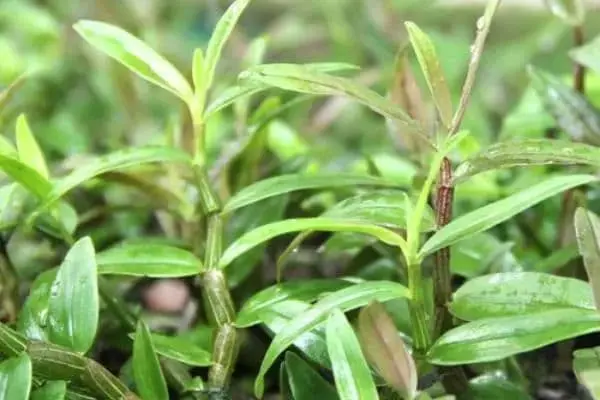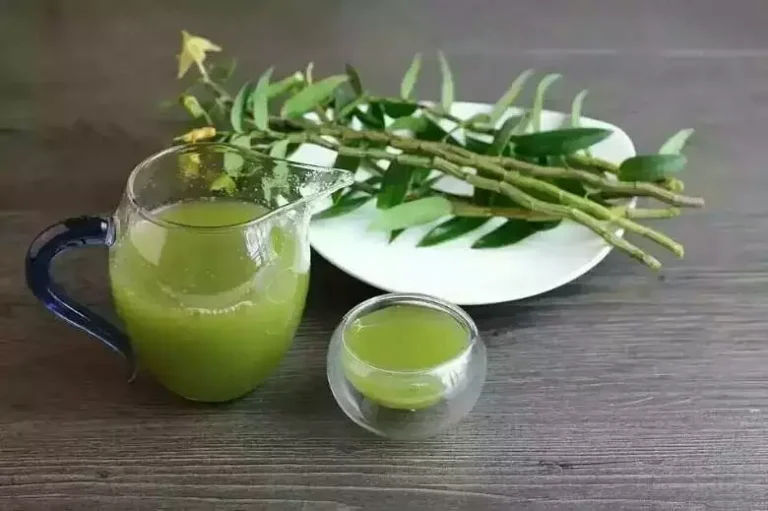Many friends have asked me what to do when the leaves of their dendrobium orchids turn yellow and fall off.
This is actually a normal phenomenon, so there is no need to worry too much.
In autumn, the leaves of some plants turn yellow. This is due to the season, but it can also be caused by the plant not adapting to its new environment. Even if the leaves fall off, it is not a big deal.

When the humidity is high, the potted Dendrobium needs to be ventilated. If too much water is applied, the substrate will become too wet, leading to root rot.
When the weather is dry, the potted Dendrobium needs to be kept moist. Lack of water will cause the leaves to turn yellow.
Excessively high temperatures will inhibit growth. Shade should be provided.
The growing medium must be disinfected and sterilised before planting. Excessive bacteria in the medium can weaken the competitive ability of symbiotic bacteria, leading to yellowing leaves and affecting the growth of Dendrobium!
However, many people who are new to Dendrobium Candidum or who have no experience in growing it often say that Dendrobium Candidum is difficult to grow and does not survive.
I understand that many people make mistakes to varying degrees when they first start out.
Therefore, we have compiled some basic techniques and procedures for potted Dendrobium Candidum for your reference.
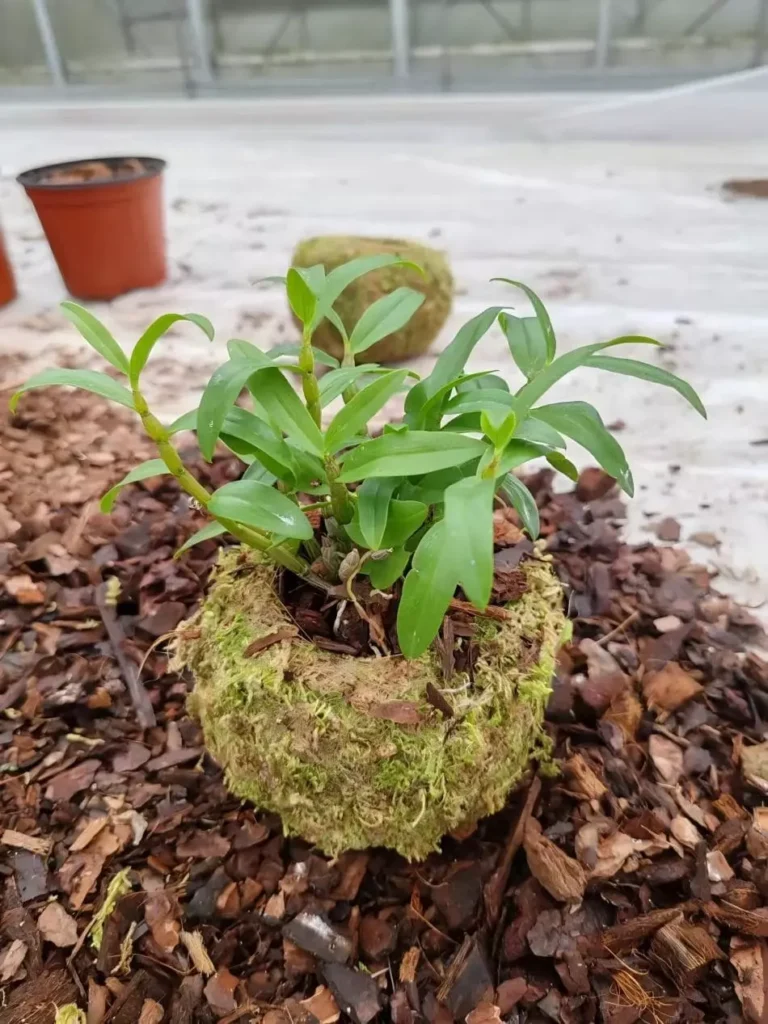
The preferred substrate is bark, followed by sawdust.
Regardless of which one is used, it should be crushed, sterilised, and fermented before use. The usual practice is to mix several materials and substrates of different coarseness.
Many people choose to plant on boards. You can use snake wood boards and add some sphagnum moss according to the weather conditions.
Alternatively, you can purchase substrate online (Dendrobium is also known as Dendrobium orchid, and most orchid family substrates are suitable).
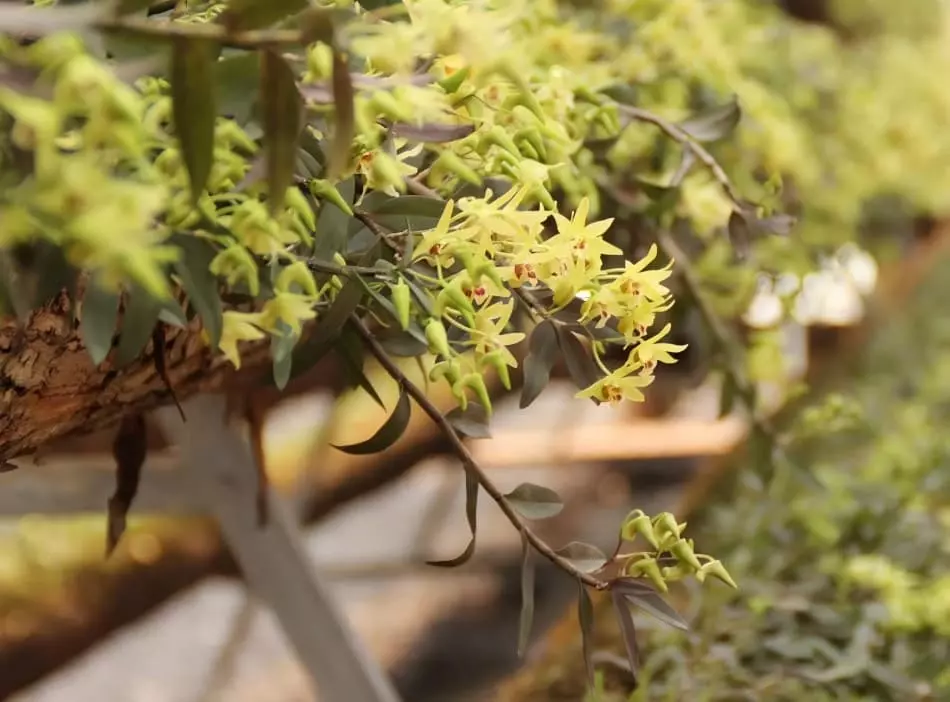
Before planting, place a thin layer of gravel at the bottom of the pot to improve drainage and aeration.
When planting, spread out the roots of the seedlings or acclimatised seedlings, place the roots on the substrate in the pot, and cover the roots with substrate. Remember not to bury the roots too deeply.
Finally, water the plant.
Typically, Dendrobium Candidum potted plants will sprout new shoots in late May to early June, with flowers blooming on the stems from June to August. During winter, the leaves will gradually turn yellow and fall off.
The key characteristics of Dendrobium Candidum are: it prefers sunlight but avoids direct exposure, it thrives in moist conditions but dislikes waterlogging; as an epiphytic plant, it requires a well-ventilated growing environment.
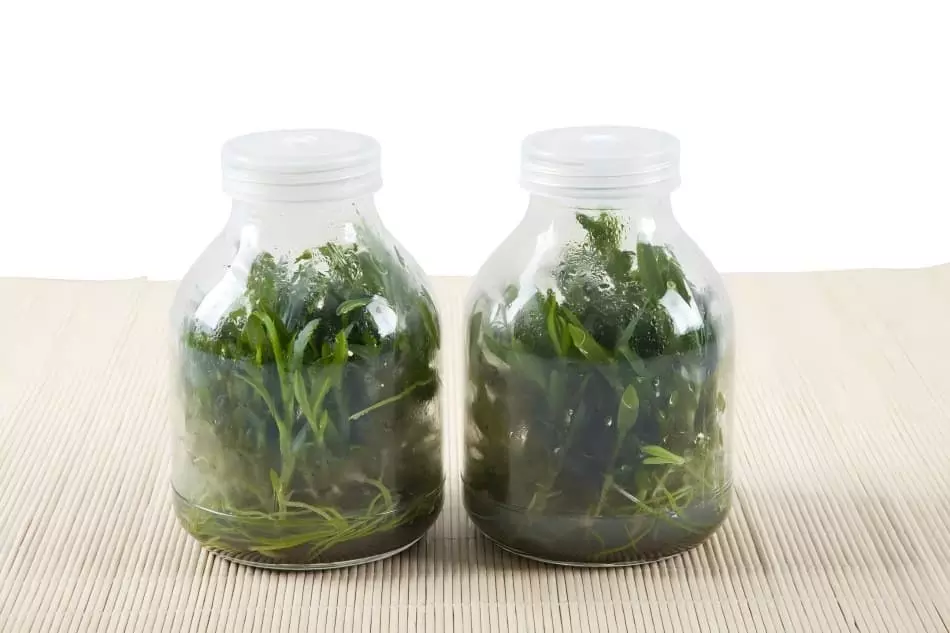
Please note the following points:
- It prefers semi-shaded areas. During spring and summer when sunlight is abundant, provide approximately 60% to 70% shade.
- Maintain appropriate warmth in winter. Significant temperature fluctuations can impair growth and ultimately affect flowering.
- When planting, it is essential to spray water appropriately to increase air humidity. Excessively high temperatures can also hinder growth, and excessive humidity may cause root rot, so watering must be done in moderation.
- Fertilisation should be applied reasonably. Generally, one application before and after flowering is sufficient, and no fertiliser should be applied during dormancy.
- Pest and disease control should be prioritised.
For ironclad orchid potted plants, promptly remove diseased leaves and recommend manual pest control to avoid pesticide use, allowing the ironclad orchid to grow vigorously. Additionally, ensure proper ventilation to reduce the likelihood and frequency of pest and disease occurrence.

Finally, regarding watering:
Due to regional differences, each area has varying environmental temperatures and climates, so watering should be adjusted flexibly.
For example, humidity control requires watering adjustments. If you are in a relatively humid area, it is acceptable to go without watering for half a month. Additionally, there are significant differences between indoor and outdoor environments.
Start enjoying the flowers from late June onwards!

